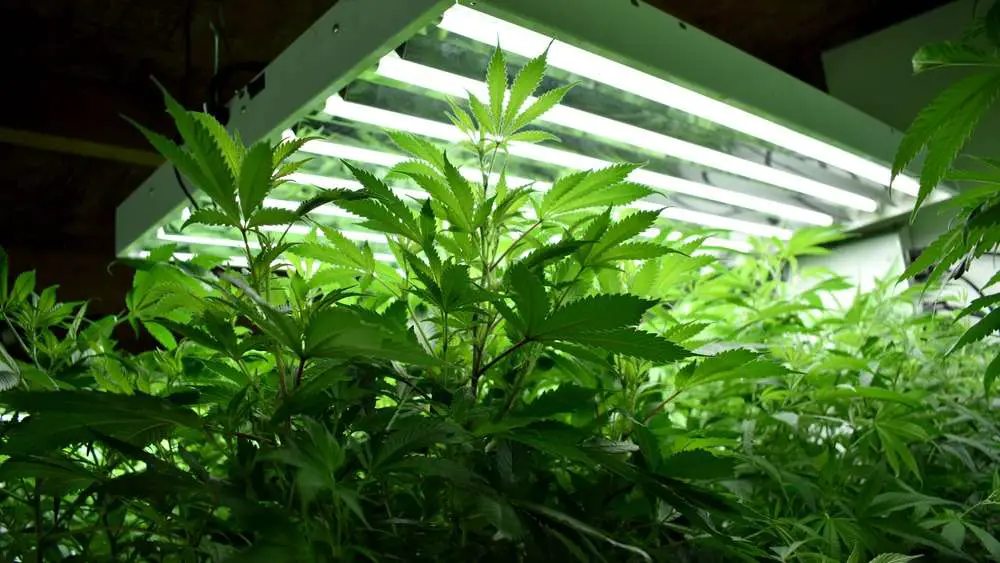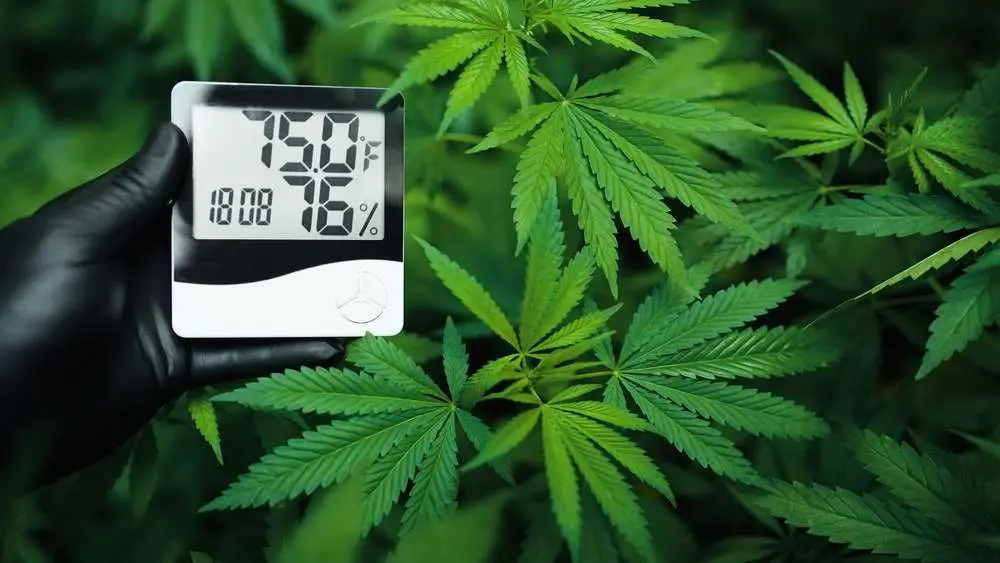- You are here:
- Home »
- Blog »
- Dehumidifiers »
- How to Lower Humidity In A Grow Room Without A Dehumidifier?
How to Lower Humidity In A Grow Room Without A Dehumidifier?

Humidity is something every gardener has to face. But, indoor gardening allows you to control it. Why do you need to control it? Higher humidity levels in a grow room result in mold growth, bud rot, and more. All of which will limit your plant yield. Most indoor gardeners buy a dehumidifier to lower humidity levels. But, there are some measures you can take on your own, without the device. So, how can you lower humidity in your grow room without a dehumidifier?
To lower humidity in your grow room without a dehumidifier, you can do the following:
- Avoid overwatering
- Track plant density
- Don’t let water stagnate
- Improve ventilation
- Use absorbent soil
We explain why and how these measures will help lower the humidity level in your grow room.
Table of contents
Why is it crucial to keep humidity low in a grow room?
Too much humidity in a grow room has the following impact:
- It promotes unwanted biological growth. Mildew and black mold are two examples of growth it promotes.
- The extra moisture will rot the buds and flowers. You won’t be able to notice the rotting until the harvesting stage.
- It limits photosynthesis. A process through which plants create food. The moisture in the air restricts the plant’s intake of carbon dioxide. So, the plants dont produce enough food.
- As food production decreases, it hinders the plant’s growth rate.
Plants need different levels of humidity at different stages of growth. Here is a breakdown of the ideal humidity levels at each stage:
- First stage: Germination or the stage in which roots start to grow: 75-80% humidity
- Second stage: Vegetation or the stage in which leaves start to grow: 40-60% humidity
- Third stage: Flowering or the stage in which buds form: 35-50% humidity
- Fourth stage: Harvesting: 30-40% humidity
You want to aim at keeping humidity below 60% in your grow room. So that you provide your plants an environment for high yield. With that said, let’s look at ways you can lower humidity in your grow room without a dehumidifier.
5 simple ways you can lower humidity level in your grow room without a dehumidifier

1. Avoid overwatering
Overwatering is the process of providing more water to the plants than needed. It introduces unnecessary water to the environment. Which will likely increase humidity.
The excess water stays in the soil and propagation trays. It is then absorbed by the air, raising its moisture levels. Be mindful during the watering process. Pour just enough water for the specific plant’s growth. Some plants may need more water than others. So, do your research and water them accordingly.
2. Track plant density
As your grow room becomes populated with plants, the level of carbon dioxide will rise. The following happens as a result:
- Fresh air is limited
- The temperature rises
- Humidity increases
Plants release vapors that will stay trapped in the environment due to the lack of air to carry them out.
Monitor the carbon dioxide in your grow room. As the level rises, consider lowering the plant density. The easiest way to do that is by moving some plants out of the room. If that is not an option, you will need to improve the ventilation of the room. This way, you have fresh air coming in and carbon dioxide moving out.
3. Don’t leave stagnant water
Exposed water will add excess humidity to your grow room. It also reduces molecular oxygen to the point where bacteria forms. So, it essentially is a breeding ground for bacteria over time.
You want to cover water reservoirs in your grow room and ensure proper drainage. Clean any puddle of water, to restrict bacteria growth. Humidity is damaging enough when it comes to fungus and bacteria. So, don’t add fuel to the fire by allowing water to stagnate.
4. Improve ventilation
Ventilation ensures fresh airflow into your grow room. It helps control the carbon oxide to oxygen ratio, which helps control humidity.
There are various ways you can improve ventilation. You can install exhaust fans, open windows, or use floor fans to keep the air flowing in the room. You need to use both fans and windows to bring fresh air in while taking carbon dioxide-filled air out.
5. Use absorbent soil
Knowledge about soil is vital for indoor plant growers. The last thing you want to do is use soil that releases moisture rather than absorbs it.
This is why you need to use absorbent soil. It has a higher rate of water absorption and ensures it stays underneath. This essentially minimizes the evaporation rate of water from the soil. You can find different types of absorbent soil, such as perlite or sandy soil. The latter of which is pocket-friendly.
Final thoughts
You don’t necessarily need a dehumidifier in your grow room to lower humidity. While the device helps and makes it easier to control humidity. It may be costly to buy and run.
For indoor growers on a budget, taking the 5 measures we’ve mentioned is a great alternative. They are so simple that even beginners can take them on. So, you can save up and lower humidity levels in your grow room at the same time.
About the Author Belal
Belal Rizvi enjoys writing about home improvement and do-it-yourself projects. He is an avid learner of the mold removal and dehumidifiers industry and provides insightful information about it to the readers.
